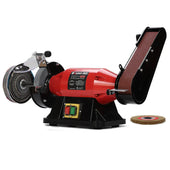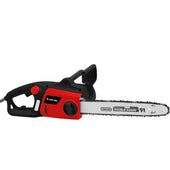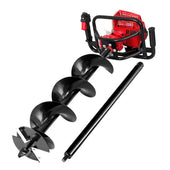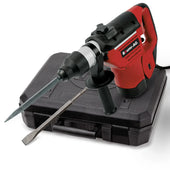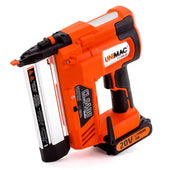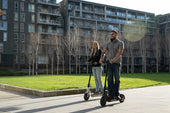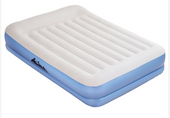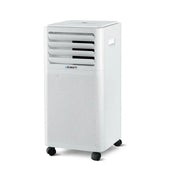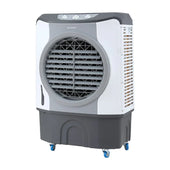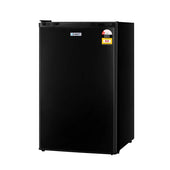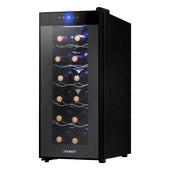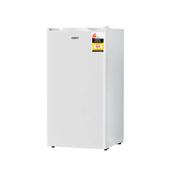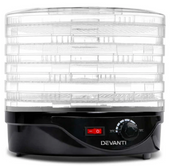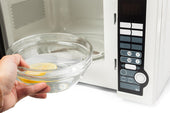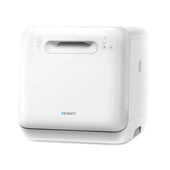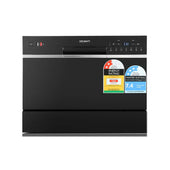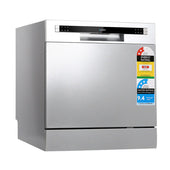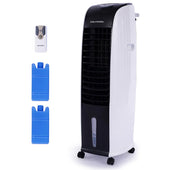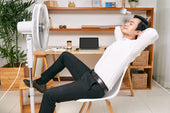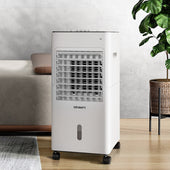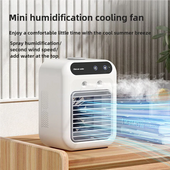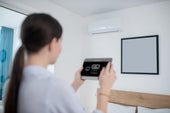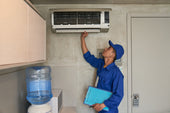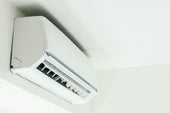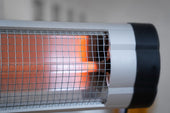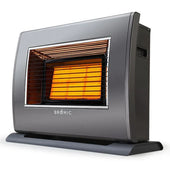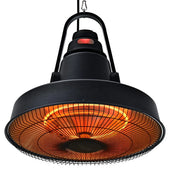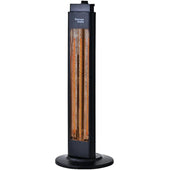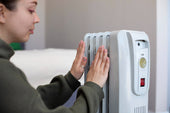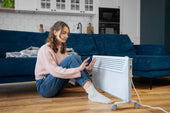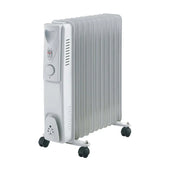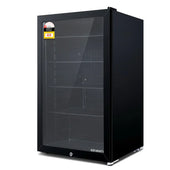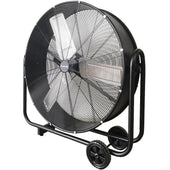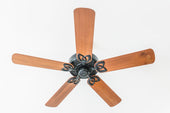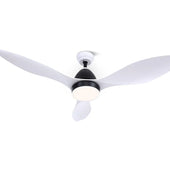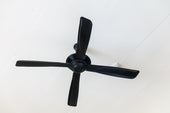Understanding the Different Massage Chair Programs
Modern massage chairs offer a variety of programs tailored to specific needs, making it essential to grasp their features. These programs are typically categorised based on the type of massage techniques they simulate and their intended benefits.
- Relaxation Programs: Focused on reducing stress, they often use gentle kneading and rolling motions.
- Deep Tissue Programs: Designed to alleviate muscle knots by applying firmer pressure and penetrating deeper layers.
- Stretching Programs: Help improve flexibility by simulating techniques that stretch muscles and joints.
- Pain Relief Programs: Target specific areas, such as the lower back or shoulders, for tailored relief.
- Customisable Programs: Allow users to adjust massage intensity, duration, and targeted areas for more personalised care.
Understanding these distinctions helps users match their needs effectively.
Identifying the Source of Your Muscle Pain
Understanding the root cause of muscle pain is essential During Days for selecting the most effective massage chair programme. Muscle discomfort can result from a variety of factors, including tension from poor posture, physical exertion, or underlying health conditions. Identifying whether the pain is localised, such as in the neck or lower back, or more generalised helps refine the therapeutic approach.
Symptoms like stiffness, soreness, or spasms often indicate specific issues, such as strained muscles or nerve pinching. Consulting a medical professional to rule out complex conditions, like arthritis or deep tissue injuries, ensures safe and appropriate use of massage chair programmes tailored to individual needs.
Benefits of Customised Massage Programs
Customised massage programs in massage chairs offer tailored relief by targeting specific muscle groups and adjusting intensity levels. These programs are designed to address individual needs, ensuring a more effective and personalised experience.
Key Advantages Include:
- Targeted Therapy: Users can focus on problem areas, such as lower back or shoulders, for precise pain alleviation.
- Adjustable Settings: Options for speed, pressure, and duration provide greater control over therapy sessions.
- Variety of Techniques: Customisation may include shiatsu, kneading, rolling, or tapping to suit personal preferences.
- Improved Recovery: Regular personalised massages can promote faster recovery from muscle strain or stiffness.
By combining advanced features with individual preferences, customised programs optimise comfort and therapeutic outcomes.
Key Features to Look for in a Massage Chair
- Customisation Options: A versatile massage chair should offer adjustable programmes, intensity levels, and focus areas to suit individual needs.
- Technology Integration: Features like 3D or 4D rollers and body-scanning sensors ensure personalised and accurate massages.
- Heat Therapy Capability: Chairs with built-in heating can improve blood circulation and soothe tight muscles effectively.
- Multi-Zone Coverage: Look for chairs designed to target numerous areas, including the back, neck, shoulders, and legs.
- Ease of Use: Intuitive controls, remote functions, and smartphone compatibility enhance user convenience.
- Build Quality: Durable materials and ergonomic designs contribute to extended comfort and chair longevity.
How Massage Intensity Affects Pain Relief
Massage intensity plays a vital role in alleviating muscle pain. The level of pressure applied during a massage determines its effectiveness in targeting specific discomforts. High-intensity settings are better suited for breaking down muscle knots and relieving deep-seated tension, catering to individuals with chronic pain or stiffness. Conversely, low-intensity massages are ideal for reducing mild discomfort, improving blood circulation, and promoting relaxation.
Users should also consider their personal tolerance to pressure. Overly intense settings may exacerbate discomfort, while insufficient pressure may fail to address muscle tension. Many massage chairs allow adjustable intensity, enabling users to customise their sessions for optimal pain relief.
Targeted Massage Areas: Upper Back, Lower Back, and More
Massage chairs are designed to alleviate muscle pain by focusing on specific areas of the body. Key regions include the upper back, commonly affected by tension and stress, and the lower back, often susceptible to stiffness and strain due to prolonged sitting or physical activity. Users can also target broader areas such as the shoulders and neck, which are prone to tightness, or the legs and hips, which benefit from pressure relief after exercise.
Commonly Targeted Areas:
- Upper Back: Ideal for relieving tension caused by poor posture or stress.
- Lower Back: Focused on soothing aches from physical strain or long hours of sitting.
- Neck and Shoulders: Addresses stiffness resulting from daily activities or fatigue.
- Hips and Legs: Improves circulation and eases muscle soreness after workouts.
Advanced programmes may offer customisation for targeted relief, ensuring optimal results based on individual needs.
Heating Functions: Do They Make a Difference?
Heating functions in massage chairs play a pivotal role in enhancing muscle pain relief by relaxing tight tissues and stimulating blood circulation. Heat therapy, integrated into many massage chair programs, helps to expand blood vessels, promoting oxygen flow to sore or injured areas.
Key benefits of heating functions include:
- Improved muscle relaxation: The warmth helps muscles release tension more effectively.
- Increased circulation: Heat encourages blood flow, accelerating recovery.
- Pain relief: Heat soothes discomfort in deeply affected areas.
Users with chronic pain or stiff muscles often find heat essential, especially in colder climates. When evaluating massage chair programmes, selecting one with controllable heating options can maximise therapeutic effects.
Exploring the Role of Air Compression in Recovery
Air compression technology is designed to target muscle recovery through rhythmic inflation and deflation of specialised airbags. These airbags are strategically positioned within massage chairs to apply gentle yet firm pressure on various muscle groups. The compression process enhances blood circulation, helping to reduce inflammation and promote oxygen delivery to fatigued muscles.
This technique mimics the therapeutic effects of manual compression techniques commonly used in sports therapy. Users can experience benefits such as alleviating soreness, improving lymphatic drainage, and relaxing tight muscles. Massage chairs often allow adjustable settings, enabling personalised levels of compression for specific recovery needs.
Duration and Frequency: Optimising Your Massage Sessions
Selecting the ideal duration and frequency of massage chair sessions is vital for effective relief from muscle pain. Sessions typically range from 10 to 30 minutes, depending on the chair’s settings and the individual’s tolerance. Prolonged sessions over 30 minutes might lead to muscle over-stimulation or discomfort.
To achieve optimal results, users should aim for consistency. For mild discomfort, one session every two to three days may suffice, while chronic conditions might benefit from daily use. Always consider personal comfort levels and follow the manufacturer’s guidelines to avoid overuse. Transitioning between short and long sessions can help maintain flexibility.
Choosing Between Pre-set and Adjustable Settings
Selecting between pre-set and adjustable settings depends on individual preferences and specific muscle pain needs. Pre-set programmes are designed for convenience, offering targeted routines focused on common problem areas like the lower back or shoulders. These are ideal for those seeking a hassle-free experience.
Adjustable settings, on the other hand, offer versatility. They allow users to customise massage intensity, duration, and specific target areas, making them suitable for addressing unique pain points. Adjustable features often benefit those with varying muscle pain levels or preferences.
When deciding, users should consider their pain patterns, desired control level, and frequency of use to achieve optimal relief.
The Importance of Testing Before Commitment
Testing a massage chair programme before making a decision allows users to determine its effectiveness for their specific muscle pain needs. Different individuals respond uniquely to various massage techniques, so experiencing the programme firsthand ensures compatibility. Misaligned settings or intensity levels could inadvertently worsen discomfort rather than alleviate it.
Additionally, trial sessions provide insight into the chair’s overall comfort and ease of use. While some chairs offer extensive customisation, others may have limited adjustable features. Testing can reveal whether a programme fits seamlessly into daily routines.
Retailers often offer in-store trials or return policies, enabling users to feel confident in their selection.
Considering Budget and Long-term Investment
When selecting a massage chair programme for muscle pain, evaluating both the budget and long-term value is crucial. Individuals should first determine a clear price range, taking into account the wide variety of options available. While lower-cost chairs may offer basic features, higher-end massage chairs often provide advanced technologies, such as heat therapy, customisable settings, and body scanning.
Long-term investment considerations include durability, maintenance costs, and warranty coverage. A high-quality massage chair could reduce future expenses on massage therapies or chiropractic visits. Users should assess energy efficiency, as operational costs can accumulate over time. Comparing initial costs against long-term benefits ensures an informed and sustainable decision.
Combining a Massage Chair Program with Other Therapies
Integrating massage chairs with additional therapeutic approaches can maximise muscle pain relief. For instance, users might combine a massage chair session with hot or cold therapy, where applying heat can loosen tight muscles, while cold helps reduce swelling. Stretching exercises performed before or after a session may also improve flexibility and alleviate tension. Physiotherapy is another effective option, addressing specific muscular issues in conjunction with the tailored programs of a massage chair.
Aromatherapy can further enhance relaxation by using calming scents during the session. Regular sessions paired with mindfulness activities, such as meditation or deep breathing, can provide holistic benefits for chronic pain sufferers.
Common Mistakes When Choosing a Massage Chair Program
Selecting a massage chair programme can be challenging, and many users unknowingly make errors that lead to unsatisfying results. Below are frequent mistakes to avoid:
- Ignoring Specific Needs: People often choose programmes based on popularity or general recommendations rather than focusing on their muscle pain’s specific location and type.
- Overlooking Intensity Levels: Some users might opt for programmes that are too gentle or overly intense for their comfort, leading to ineffective or unpleasant sessions.
- Neglecting Body Adjustability: Failing to adjust the chair settings to match one’s posture or body dimensions can hinder the treatment’s effectiveness.
- Skipping Reviews or Instructions: Misunderstanding programme features by ignoring manuals or reviews can cause incorrect usage, reducing benefits.
Final Tips for Maximising Your Relief and Relaxation
- Experiment with Different Programs: Encourage regular use of various massage programs to discover which settings provide the most effective relief for specific muscle pain.
- Adjust Intensity Levels: Suggest starting with lower intensity settings and gradually increasing them based on personal comfort and tolerance.
- Focus on Problem Areas: Share advice on targeting specific muscle groups or pain points by tailoring the chair's settings accordingly.
- Incorporate Breathing Techniques: Promote deep and controlled breathing during massage sessions to enhance relaxation and pain relief.
- Hydrate Post-Massage: Explain the importance of drinking water post-session to flush out toxins released during the massage.
Regular monitoring of the body's response ensures continued relaxation benefits.



